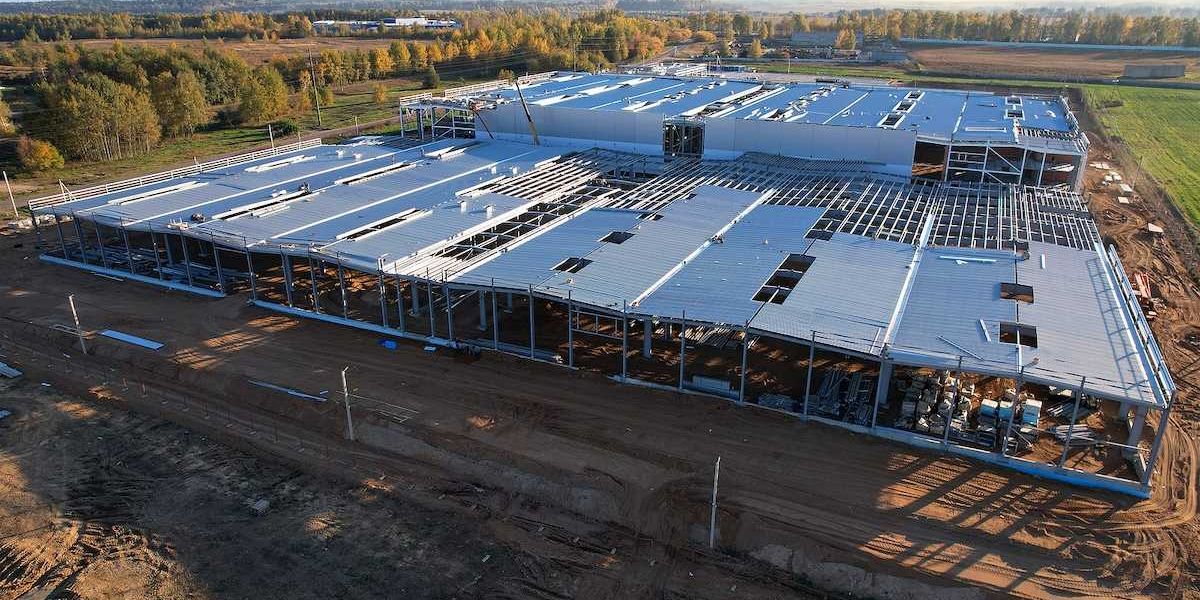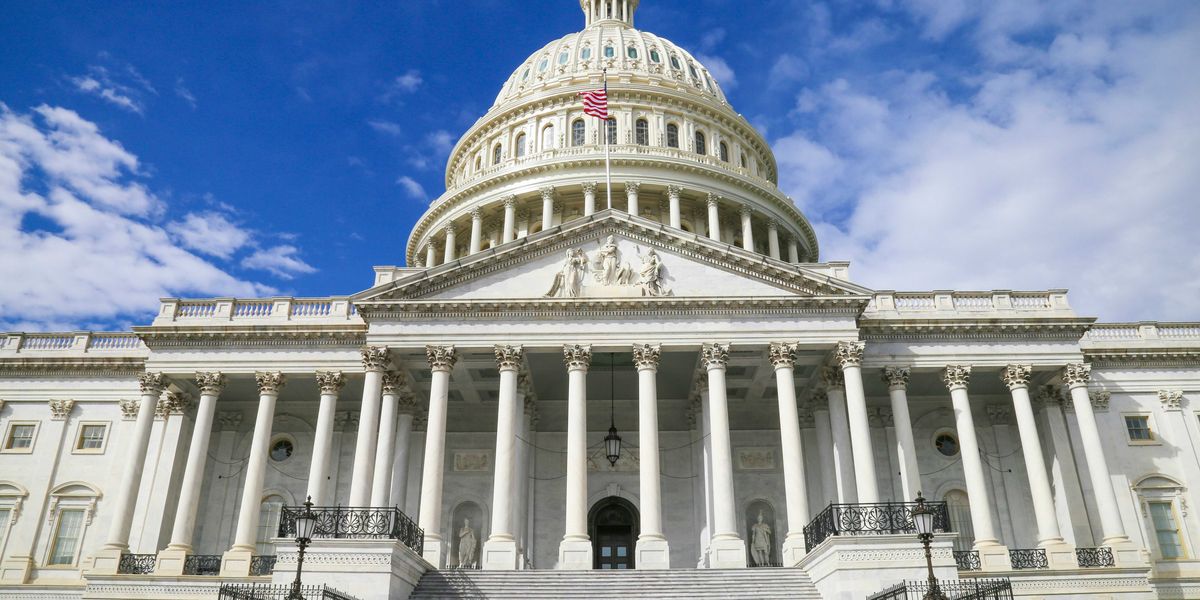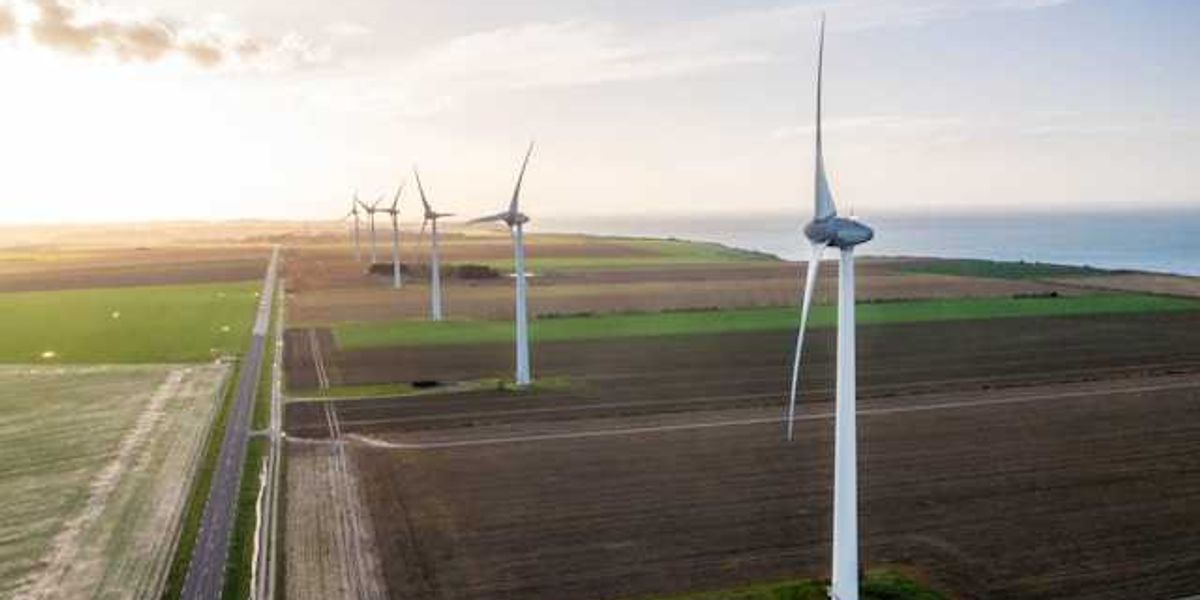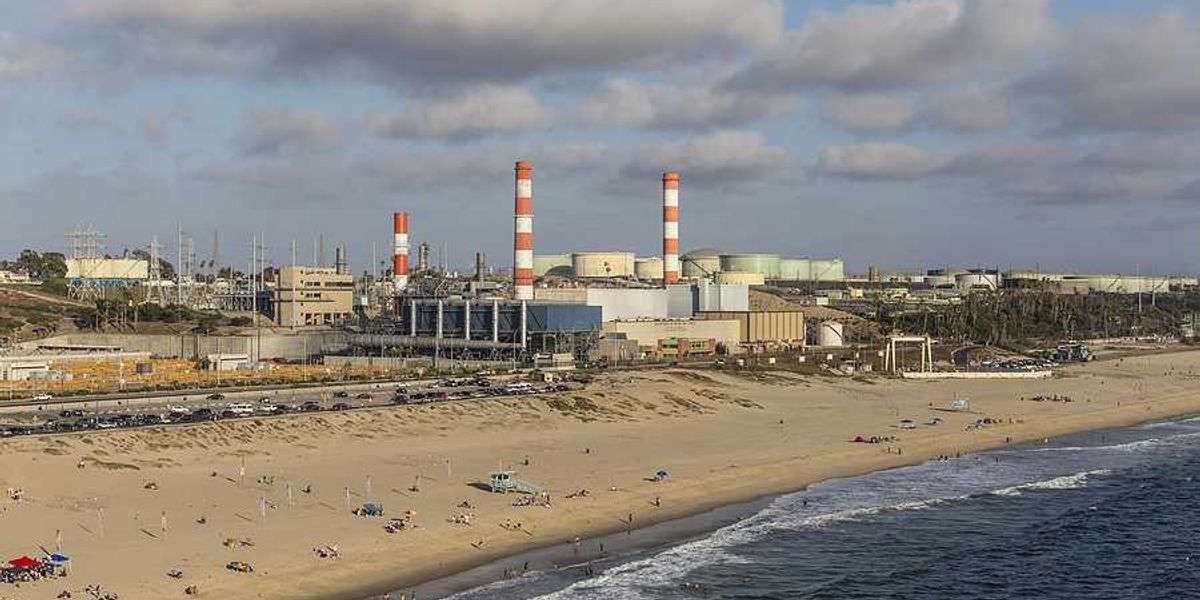Drought and heat drive a surge in dangerous dust storms across the Southwest
El Paso is experiencing its dustiest year in decades, as drought, vanishing vegetation, and rising temperatures send choking clouds of dirt across the Texas border region.
Martha Pskowski reports for Inside Climate News.
In short:
- El Paso has seen 10 dust storms and 34 dusty days this year — levels not recorded since the Dust Bowl of the 1930s — due to a prolonged drought and stronger-than-average winds across West Texas, New Mexico, and northern Mexico.
- Air quality has plummeted, with particulate matter reaching hazardous levels; one storm in March saw PM2.5 levels 28 times the U.S. Environmental Protection Agency's daily limit, raising serious concerns for respiratory health.
- Restoration efforts at hotspots like the Lordsburg Playa aim to stabilize soils and reduce dust, but scientists warn that with continued warming and aridification, storms will likely grow more frequent and intense.
Key quote:
“We still don’t have models developed as a society to address this. Maybe we should add this to the list of extreme meteorological events.”
— Felipe Adrian Vázquez-Gálvez, Center for Atmospheric Sciences at the Autonomous University of Ciudad Juárez
Why this matters:
Dust storms are a growing public health crisis and a visible consequence of climate instability. When dry soil gets kicked up into the air, it carries fine particulate matter deep into human lungs, aggravating asthma, heart disease, and in some cases triggering Valley fever, a fungal infection that thrives in dust-prone regions. What’s unfolding in El Paso mirrors conditions that once led to the Dust Bowl, but now with a new twist: Higher temperatures caused by climate change dry out soils faster and reduce the resilience of native vegetation. Add chronic overgrazing, poor land management, and urban sprawl, and the result is a cycle that threatens both human health and the stability of arid ecosystems. These storms also disproportionately affect low-income communities where residents may lack access to air conditioning, sealed housing, or health care.Related:













